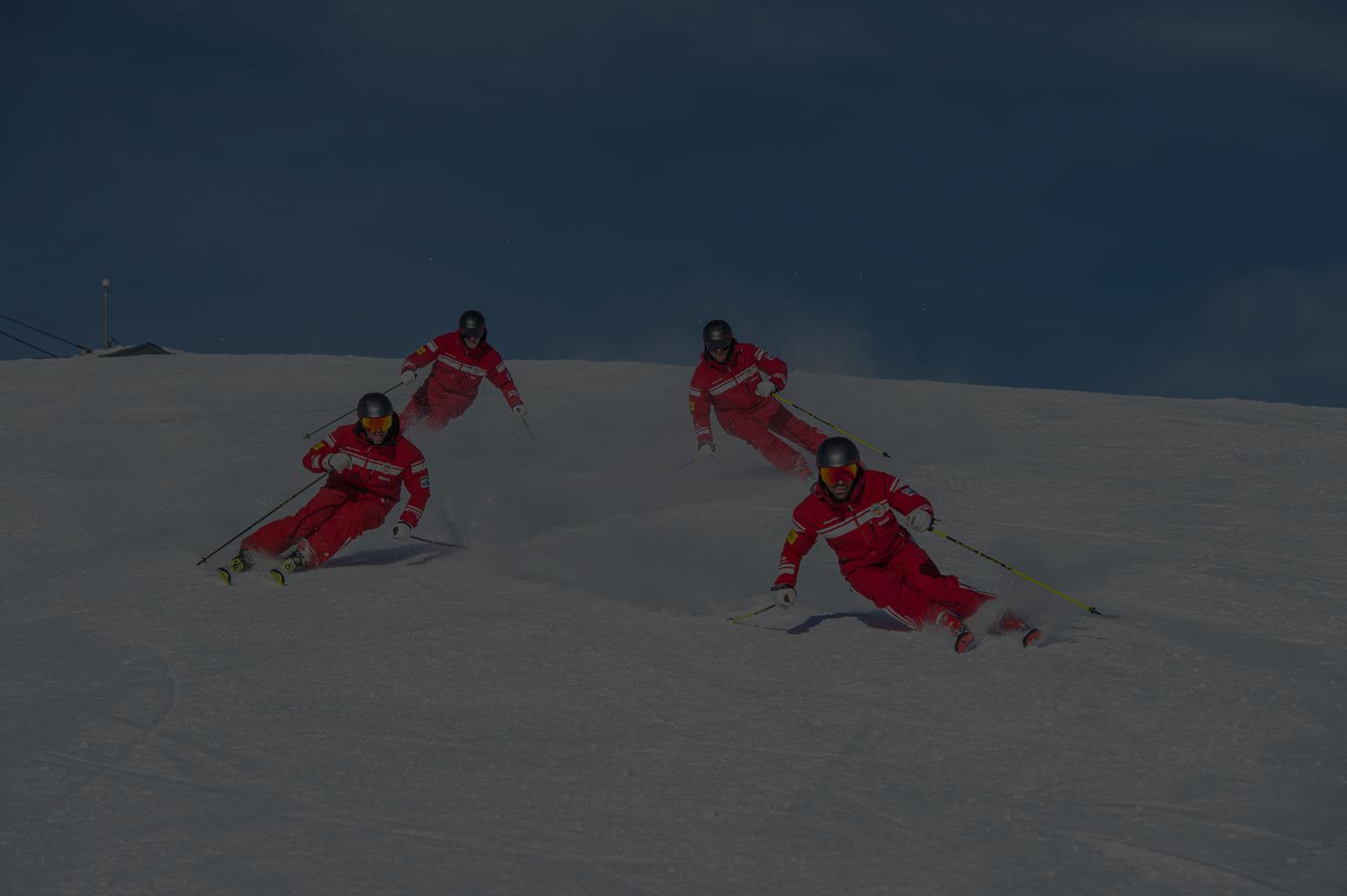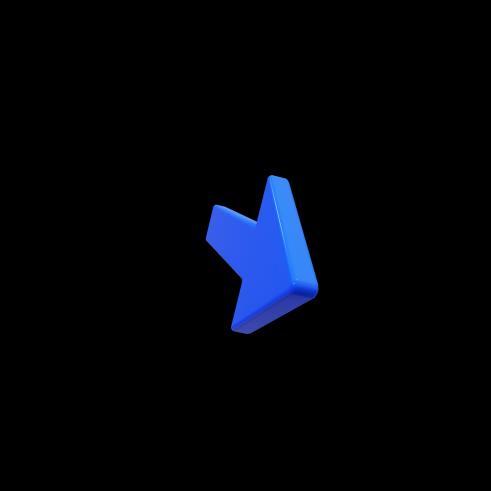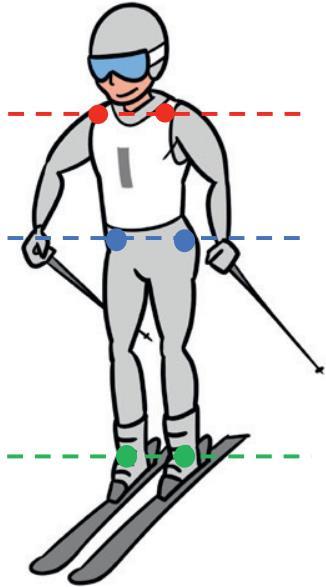FROM SNOW PLOUGH TO CARVING –

SAME MOVEMENTS BUT DIFFERENT FORM AND SPEED




Same Keypoints from snow plough to carving

Discussion & Questions


IDEA BEHIND USING SAME KEYPOINTS FROM BEGINNER TO EXPERT





∙ simple and understandable
∙ learning the movement once
∙ faster progression from snow plough to carved turns


∙ Building on previously automated movements
EASIER FOR LEARNER AND TEACHER

THE KEYPOINTS ARE BASED ON OUR TECHNICAL MODEL




∙ Independent flexion / extension of the legs
∙ Center of mass shift up, forward & downhill

∙ Slight pre-orientation of the shoulders and hips





The distance between the center of mass and the snow gets bigger, without fully extending the legs.

The center of mass shifts diagonally across the skis







∙ Dosed and progressive continuation of the initiated movement
∙ Let the skis turn gently in the fall-line




∙ Upper body orientation
→ Upper body faces always slightly downhill
∙

Edge angle increases
→ Through progressive angulation in the knee / hips and lowering the center of mass, the edging is increased





∙ Snow plough

∙ Skidded Parallel turn

∙ Carving turn
∙ Short Turn








Possible impacts on keypoints:
∙ the form (Carving, Snow Plough, etc.)

∙ the terrain
∙ the speed
∙ the external forces
Keypoint adaptations:
∙ Movement speed
∙ Range of movement
→ Center of mass displacement
∙ body tension
∙




